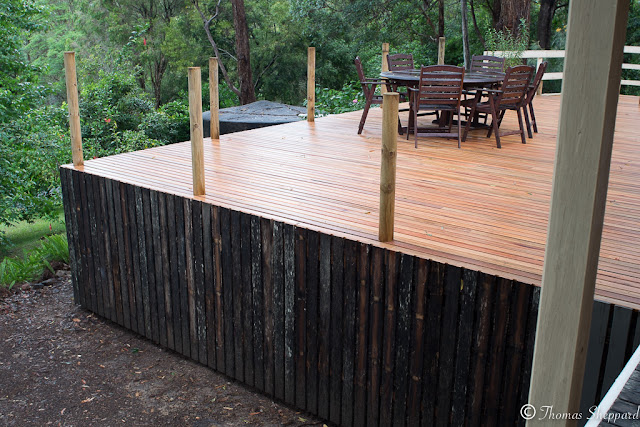On the 25th April 1915 members of the Australian and New Zealand Army Corps landed at Gallipoli in Australia's first action as a nation in war. The campaign, conceived by the British, was an ultimate failure - but it is inscribed into the hearts of Australians, New Zealanders and Turks alike as story of courage, sacrifice and mateship.
Anzac Cove at Gallipoli
25 April is a national day in Australia, New Zealand and Turkey for much the same reasons, and our countries have grown to be close friends.
A Turkish soldier carries a wounded Australian
This year marks the centenary of Anzac and all three countries will mark the occasion with ceremony and solemnity.
The profound words of reconciliation from Mustafa Kemal Atatürk
I was commissioned by our Community Association to build an Honour Board for those names of men who served that were omitted from the original Honour Board of 1919, to mark the end of World War 1.
Telegraph Point Original Honour Board from the end of WW1
The new Honour Board is to house an additional twenty names, and to be made in the same manner as the existing memorial.
I chose Australian Rosewood, as the colour will match the original timber colouring in time.
Only having the current board to work with, there had to be many measurements taken to try to replicate the size and appearance. All together there were over 130 individual parts that had to be made, cut, shaped and moulded.
I won't bore you with the slabbing, sizing or general fabrication.
The carcass was straightforward but the clamping of the individual mouldings created a challenge. There are 24 moulding pieces at the bottom of the columns alone.
I hand made all of the mouldings using a combination of blades in the Stanley 45.
The construction picks up at the making of the pediment.
Each block and piece of moulding was cut in a home-made mitrebox. The pieces were too small to be safely cut on the dropsaw.
The combination of mitred panels and moulding made up the top of the pediment.
You can never have too many clamps
You really really can't have too many clamps
Here is the completed construction before final sanding and finishing
The box section between pediment and carcass is hollow, so I decided to include a time capsule from 2015. Maybe at some future time it will again see the light of day.
By using a mobile low trolley made from scraps, I was able to have the finished piece at a suitable work height for sanding and final lacquering.
The finish here was sprayed on Mirrortone satin.
All done now - and ready for the sign writer.
The finished board had to be sent off to the sign-writers for completion. It took several months for the job to come to fruition.
Here is the finished Honour Board ready for display at this year's Anzac Day.






















































